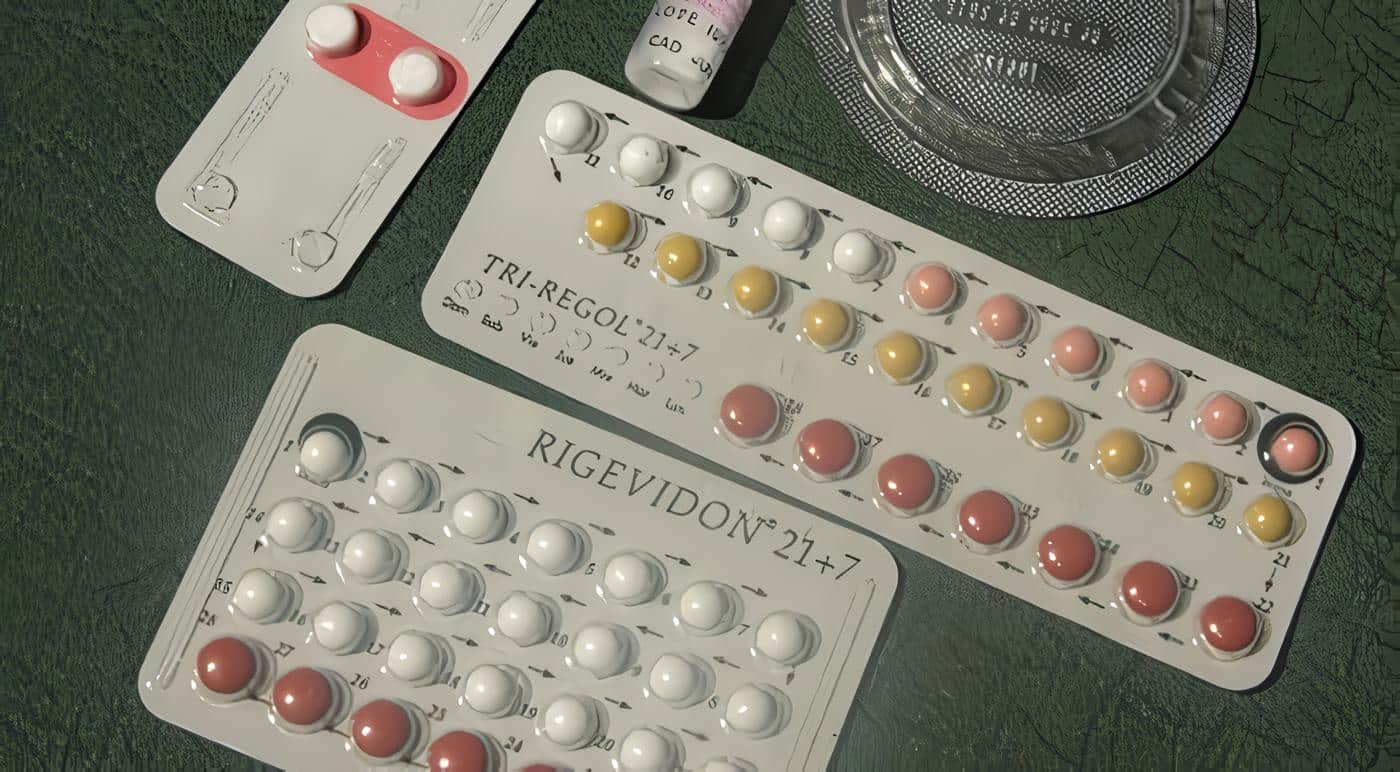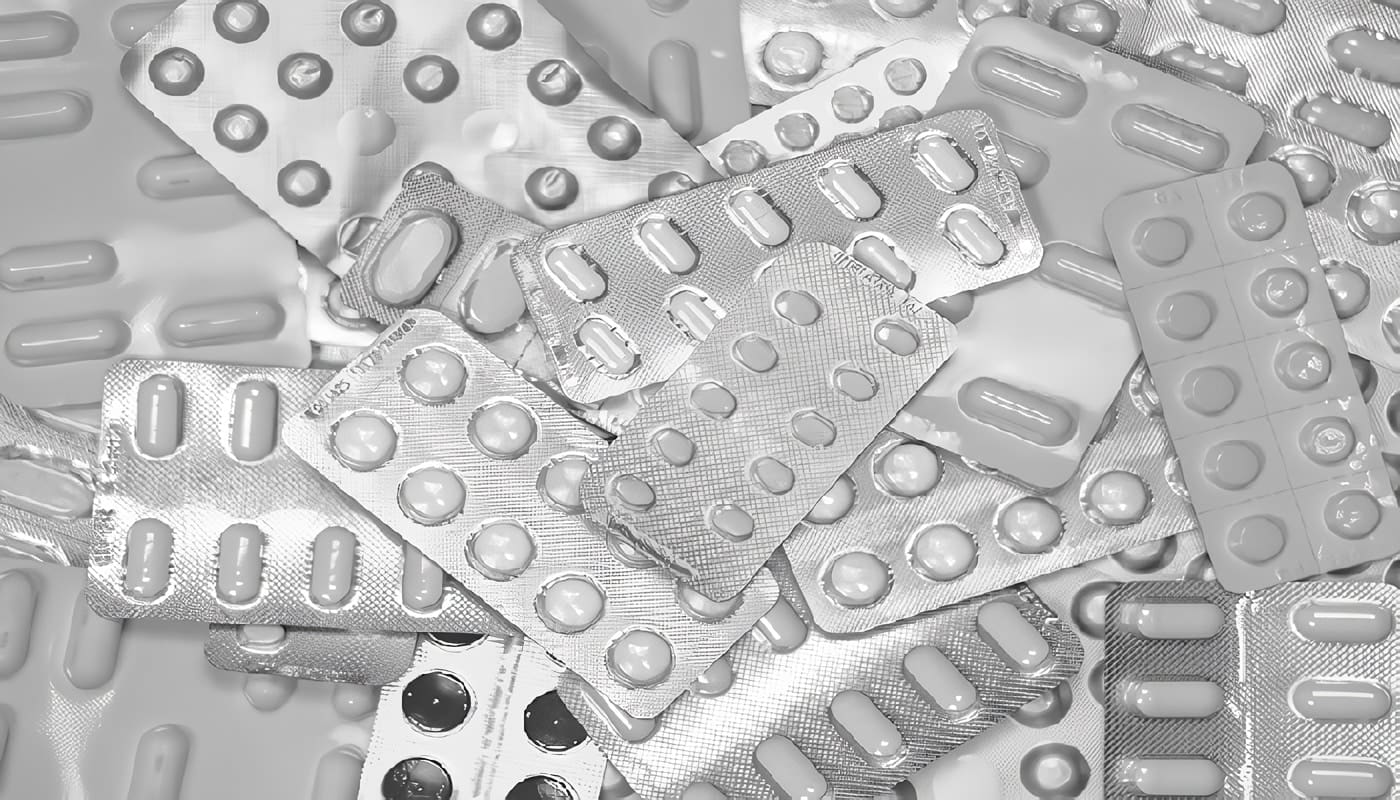Effects on the Body of Oral Contraceptives

Main effects on the woman’s body
Dr.Álvaro Monterrosa Castro, MD
LOral contraceptives should have little effect on maternal metabolism.To minimize the risks of cardiovascular disease and other conditions.
1.Lipid metabolism
Alterations in lipid metabolism, related to the use of oral contraceptives.They are feared and have always created concern due to the possible increase in the risk of cardiovascular disease(1,43,120).
It is made up of plasma lipoproteins.VLDL-C (Very Low Density Lipoprotein) carries triglycerides to peripheral tissues.And LDL-C (Low Density Lipoprotein) carries cholesterol to peripheral tissues.Being the excess lipids deposited on the arterial walls forming atheroma plaques.HDL-C (High Density Lipoprotein) carries excess cholesterol from peripheral tissues to the liver.
Normally there is a balance between the components of this transport system.VLDL-C and LDL-C are considered atherogenic and promote cardiovascular diseases.While HDL-C is protective and is related to a decrease in the risk of cardiovascular diseases (120).
Estrogens have a beneficial effect by lowering LDL-C. C and increase HDL-C (4, 73).Androgens have a harmful effect by doing the opposite.And progestins have important and variable effects apparently related to the dose, androgenic and/or antiestrogenic potency and the type of progestin (30).
Those Progestins with androgenic activity decrease serum levels of protective HDL-C.And if LDL-C also increases, it will adversely affect the risk of atherogenesis and ischemic coronary artery disease (4, 43).Norgestimate has potent progestational activity without androgenicity (43).Its progestational and androgenic effects assessed in laboratory tests indicate similarities with natural progesterone (6,59).
Norgestimate and Progesterone:
They exhibit a similar affinity for uterine progesterone receptors and weak affinity for androgen receptors (43, 59).Desogestrel, Norgestimate and Gestodene cause a slight increase in HDL-C concentration (43, 121, 122, 123).While monophasic Levonorgestrel pills greatly reduce HDL-C and induce increases in LDL-C (62).Therefore, the latter would not be recommended for women who have any risk factor for cardiovascular disease (64, 121).
Levonorgestrel is the progestogen with the greatest androgenic potency (30)and occasionally associated with acne and hirsutism (62).Oral contraceptives with Gestodene have the lowest total dose of gestagen (41).
Chapdelaine et al (60)compared changes in levels of the HDL-C fraction in women who received Norgestimate/Ethynyl-estradiol monophasic with Norgestrel-Ethynyl-estradiol monophasic.After two years, women who received the first product showed a statistically significant increase.While the users of the other preparation had an appreciable decrease.
The elevation in the HDL-C fraction contributes to a decrease in the LDL-C/HDL-C ratio (43 ).Which is related to a lower risk of cardiovascular disease.In turn, Patsch and Collaborators(61)assert that the favorable changes observed in the level of HDL-C, with the use of triphasic Norgestimate/Ethynyl-estradiol.It had not been observed in women receiving other triphasic preparations containing Levonorgestrel or Norethindrone.
Although several mechanisms are possible that cause oral contraceptives to have a protective effect on atherogenesis.The increase in HDL-C and the reduction in LDL-C may be factors that play an important role (120).
Lobo et Al (120 )cite evaluations by Gordon et al who maintain that an increase of 1 mg/dl of HDL-C is accompanied by a 3.5% reduction in the risk of coronary artery disease.The increase in HDL-C levels associated with the use of third generation pills.They could lead to the assumption that these new pills would have a cardiovascular effect instead of causing an increase in atherosclerotic risk (120).
2.Carbohydrate metabolism
Synthetic hormonal steroids are related to the risk of developing impaired glucose tolerance by inducing insulin resistance (73,124).Glucose intolerance is characterized by normal fasting blood glucose values plus postprandial hyperglycemia, but the risk of developing diabetes appears to be negligible.
Glucose intolerance has been associated with coronary heart disease. , arterial hypertension, dyslipoproteinemia and obesity.Oral contraceptives, mainly the old macrodose combinations.They can cause glucose intolerance, hyperinsulinemia, increased LDL, hypertriglyceridemia, decreased HDL-C, hypertension and increased fatty tissue.
It is the progestin component that is mainly responsible for alterations in carbohydrate metabolism (125).But the estrogenic component can modulate this adverse influence, the impact being different.The hormonal dose provided and the steroids used are important.
Third-generation progestogens: Gestodene, Norgestimate and Desogestrel.They induce slight changes in the first three cycles.They lack clinical significance (73,125)and tend to disappear with continued use (38,43).And therefore they should not increase the risk of atherogenesis (1,7,64).
Burkman et al (43)in triphasic Norgestimate/Ethynyl-estradiol users.They studied glycemia, insulin and the A-10 Subunit of Glycosylated Hemoglobin, before starting the contraceptive and at the end of cycles 3, 6, 12 and 24. The glycemia and insulin data point to some evidence of the alteration in the carbohydrate metabolism in the first 12 cycles.But subsequently there seems to be a very minimal effect.
No changes were observed in Glycosylated Hemoglobin.
Which allows us to think that Norgestimate produces a very little effect on the carbohydrate metabolism (1.43).
Oral contraceptives should not be administered to patients with established diabetes and precautions should be taken in patients with a history of gestational diabetes, existence of obesity and first-degree relatives diagnosed with diabetes mellitus (125).
However, Petersen et al (126)consider that opinions about The use of oral contraceptives in patients with insulin-dependent Diabetes Mellitus (IDDM) is found.They compared patients with well-controlled IDDM who received Desogestrel/Ethinyl-estradiol with other patients with the same pathology who used non-hormonal methods.
Evaluated at the 1st, 3rd, 6th and 12th cycles of use of the contraceptive.They found no changes in blood pressure, bone mass index and glycemic controls.They suggest (126), that due to not having observed adverse alterations related to cardiovascular risks.Well-controlled diabetic patients could receive microdose oral contraceptives.
(Read Also: Cancer Risks of Oral Contraceptives)
3.Blood coagulation system
The hemostatic system maintains the integrity of the vascular system(127).Normally the coagulation system is maintained in a dynamic balance given by the procoagulant and anticoagulant systems (20).
The hemostasis mechanism protects the integrity of the vascular system.But the process of tissue repair and hemostasis itself are complex processes in which many cellular components (vascular endothelium, platelets) participate.And humoral (blood coagulation processes, inhibition of coagulation and fibrinolysis).
Likewise, the imbalance between the coagulation system and the fibrinolytic system (anticoagulant).It causes alterations in hemostasis, facilitating hemorrhagic events, thrombo-embolic and cardiovascular diseases (127).
In addition, oral contraceptives produce modifications in both the procoagulant system and the anticoagulant (5,18,127).
The most important is the depression of the natural anticoagulant, Antithrombin III.Platelet aggregability increases and there is an increase in the total activity of the coagulation system (7,20).Protein C and protein S are two other major inhibitors of coagulation, they are dependent on vitamin K and are decreased by oral contraceptives (73).
On the other hand On the other hand, there is a compensatory anticoagulant system, as plasminogen levels increase without effect on its inhibitor, alpha-antiplasmin.A rapid destruction of fibrin has been evident, since products of its degradation have been detected.
Therefore, hyperinsulinemia is correlated with the Plasminogen Activator-Inhibitor-1 factor.
Which leads to hypofibrinolysis, increased fibrin deposition and development of atherothrombosis.The changes in the hemostatic variables produced by oral contraceptives are due to estrogens, since these modifications are not observed with progestin-only preparations.
In addition, Weinges et al(127) cite several studies that support that in healthy users of oral contraceptives, without cardiovascular risk factors.Activation of procoagulant systems has been reported, usually compensated by a similar activity of the profibrinolysis system, without disturbances in hemodynamic balance.
Also, Notelovitz et al (128)and Winkler et al (5), assert that microdose combined oral contraceptives have a less measurable effect on the coagulation system than the old preparations, and factors that inhibit coagulation appear to increase as much as procoagulant factors. .
The microdose pills currently in use appear to maintain hemostatic balance (18), however they are contraindicated in women with a history of thromboembolic disease (5).
Smoking women who use the microdose pill for long periods have a more noticeable activation of the coagulation system.Evidenced by shortening of Prothrombin Time, increased Fibrinogen, decreased Antithrombin III and elevated plasminogen activity (128).
Finally, Coata et al (18) assert that microdose triphasic oral contraceptives, which contain Ethinyl-Estradiol and Gestodene, do not significantly affect the coagulation system, lipid metabolism or blood viscosity.Concluding that there is an absence of significant effects that could represent a possible factor that increases the risk of cardiovascular disease in young and healthy women.
The recent epidemiological observations reported in the Collaborative Study must be taken into account. of the World Health Organization, published in 1995 (129,130)in relation to latest generation oral contraceptives and thromboembolic disease, and which will be discussed later.
4 .Effect on subsequent fertility
There is no increase in the incidence of infertility after stopping the use of the pill (131).In those women who stop oral contraceptives to become pregnant, 50% have conceived at 3 months, at 2 years 15% of nulliparous women and 7% of women who already had children do not manage to conceive. pregnancy, figures comparable to those defined for spontaneous infertility (132).
In addition, there is no significant deterioration in the return of fertility after stopping the use of the oral contraceptives, found Hassan and Collaborators (133).
Likewise, combined oral contraceptives are not a cause of infertility in any of the age groups, they are rapidly reversible and safe, however Vessey (134)points out, based on Oxford-FDA studies.The temporary decrease in fertility in former users over 30 years old who are trying to get pregnant for the first time.
5.Effects on blood pressure
At the end of the 1960s, the first mention of the association between high blood pressure and oral contraceptives (31)was made.Multiple subsequent studies confirmed these findings and also demonstrated the existence of individual susceptibility(135).
With older oral contraceptives, there was an increase in average blood pressure in the majority of users.Increasing systolic by 5-7 mm Hg and diastolic by 1-2 mm Hg (136).However, in a small group the increase was clinically important when the user had been using it for several months.5% of macrodose users had blood pressure above 140/90 (135).
Likewise, microdose oral contraceptives exert minimal effects on blood pressure. arterial, which remains stable between normal limits (73, 137).This hyperinsulinism is important in the development of blood pressure.Since it causes an increase in the reabsorption of sodium and water with an increase in the activity of Na-K-ATP in the renal distal tubules and an increase in sympathetic tone produced by the increase in Nor-adrenaline.
Finally, the estrogenic content increases renin, stimulating the Renin-Angiotensin-Aldosterone system, increasing water and sodium retention.
Which will lead to an increase in blood pressure.Fuchs et al (136)reported not having found significant clinical changes in blood pressure values when studying women who received 75 ug of Gestodene + 40 ug of Ethinyl-Estradiol.
Drospirenone(138)is being tested.New antimineralocorticoid progestin, derived from Spironolactone, which combined with 30 ug of Ethinyl-estradiol, is associated with a slight decrease in weight and blood pressure (73).
6.Teratogenicity of oral contraceptives
Leon Speroff et al(132)cite the 1978 publication by Rotthman and Louik.Those who claimed to observe a relationship between oral contraceptives and congenital defects of the limbs, but stated that it was a statistically non-significant study and that it has not been confirmed(132).
Thus Likewise, a small positive association has been proven between oral contraceptives and heart defects, when the pill is taken in the initial period of embryonic development, increasing the relative risk by 2 (132).
In addition, Bracken in 1990 (139)reported a meta-analysis of 12 prospective studies in this regard.They compared 6,102 exposed to oral contraceptives and 85,167 not exposed, observing no increase in the overall risk of malformations, congenital heart disease, or limb defects (20).
Consequently , the issue seems to be limited to the use of the pill in early pregnancy.No malformations have been observed in subsequent births in women who discontinued oral contraception.Furthermore, there is no increase in rates of chromosomal abnormalities or spontaneous abortions(132).
Finally, there is no reason to recommend that women defer their attempts to conceive.Until one or two months after stopping the use of the pill.
.

